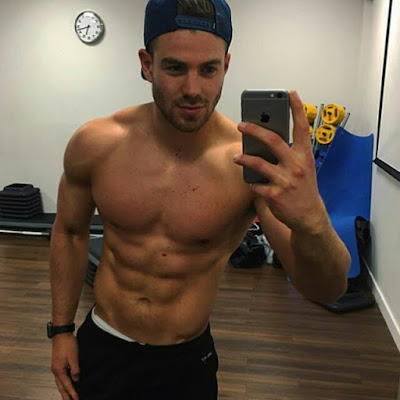If you have the impression that no matter how hard you try, there are muscles in your body that do not improve, put them to work to grow.
Okay, you're in a gym, or have completed Transformer Operation . You are not a beginner, but there are parts of your body that refuse to gain muscle.Although the weights you have skinny calves, or backpack slip off your shoulders or your chest is flatter than economic growth.
If you want that stubborn muscle grow, we must crush . Not injure, but give extra work. Instead of making the series of weights of all life, for example, three sets of 10 repetitions, we will use three types of exercises for the same muscle:
*Strength exercise : 4 sets of 5 reps 2 minutes of rest between sets
*Growth exercise : 4 sets of 10 repetitions and 1 minute rest
*Congestion exercise : 4 sets of 15 repetitions and 30 seconds rest
The idea is that the day I have to work that muscle does not grow combine the three techniques. Imagine you are your shoulders. Your shoulder workout would be:
÷ How much weight? Enough for you to finish all the repetitions, and swear in Aramaic in the last two.
The other thing you have to do is work that stubborn muscle twice a week. For example, if you're going to train three days a week, and you want to give your shoulders hard, this would be a possible distribution.
-Monday : chest, shoulder and biceps
-Wednesday : leg and abdominal
-Friday : back, shoulder and triceps
The same should do if it's your twin, or chest, or legs. Cmbina three working modes in one session, and do two sessions per week. Eat your protein and your carbohydrate after training , and see the results.
View my Flipboard Magazine.
For More Fitness & Workout Fix Keep Checking Nathan Fitness ®
That’s all. We hope this guide serves you well. If there’s anything you’d like to be added/changed on this page, PLZ Use the comment box below to contribute more ideas & Suggestions .
Like this post? PLZ Hit the share buttons below to share this article with your friends on Facebook, Google + and Twitter.
Want the latest Updates Sign up for our newsletters!
PLZ Follow Us On Flipboard 4 More Latest Updates.
Best Regards.™
For More Fitness & Workout Fix Keep Checking Nathan Fitness ®
That’s all. We hope this guide serves you well. If there’s anything you’d like to be added/changed on this page, PLZ Use the comment box below to contribute more ideas & Suggestions .
Like this post? PLZ Hit the share buttons below to share this article with your friends on Facebook, Google + and Twitter.
Want the latest Updates Sign up for our newsletters!
PLZ Follow Us On Flipboard 4 More Latest Updates.
Best Regards.™
























































